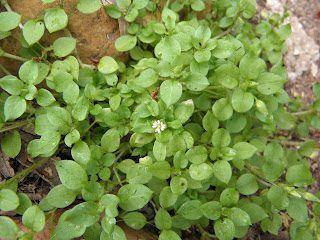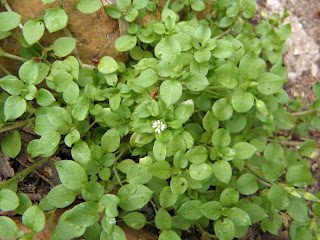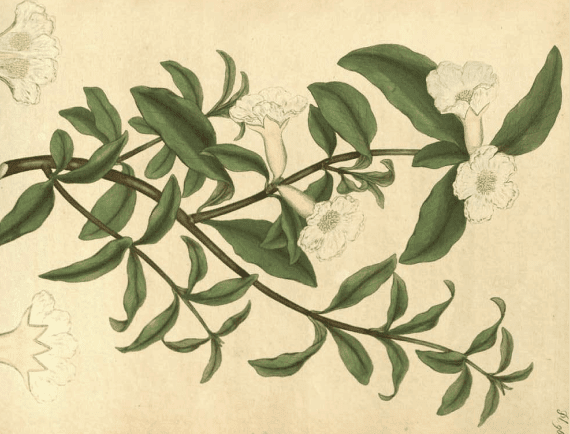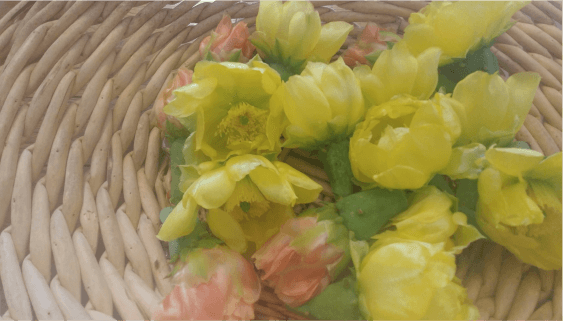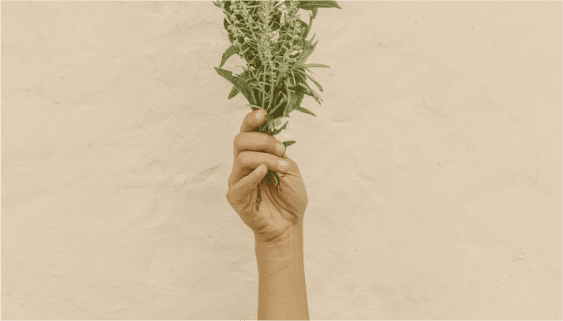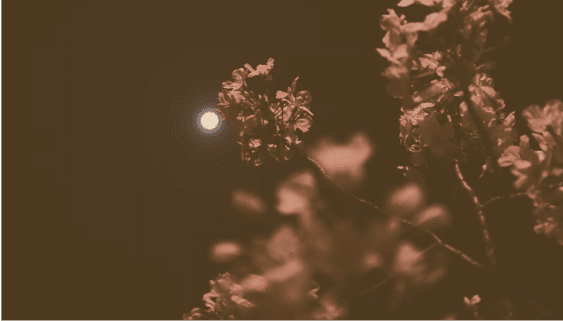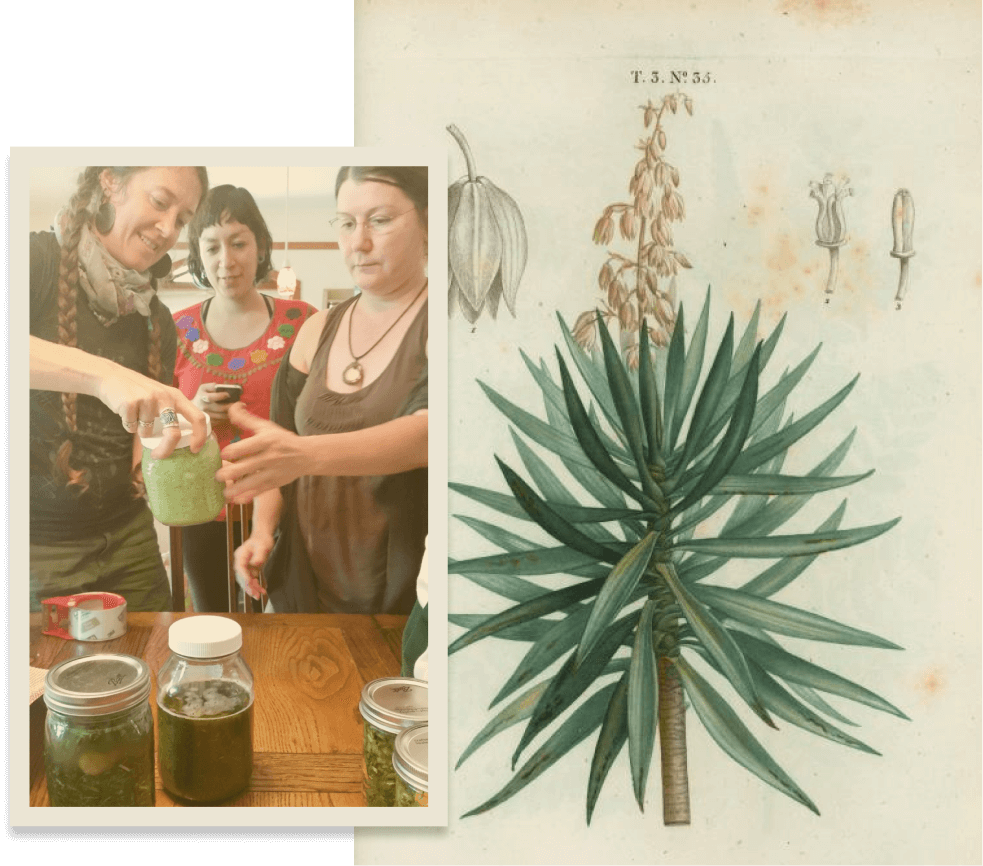The official latin name of Chickweed is Stellaria media. It is in the Caryophyllaceae family of plants
Stellaria means starlike and refers to the shape of the flowers.
Description: Chickweed is annual winter weed in Central Texas. It hugs the ground, in small clumps, sending out sprawling runners, and eventually climbing upward towards the sun and dying back as the weather begins to heat up. It has pale, juicy and delicate foliage. It has tiny white flowers that look like 10 petals but there are actually 5 with deep lobes
It can be mistaken for our native horse herb which has small yellow flowers, instead of white, and rougher, drier leaves.
Habitat: Chickweed likes to grow in the shadier areas of the yard, and lives well as an understory to the grass. It will pop up in gardens, where your dog likes to pee, and sometimes in planters
Harvest: Chickweed can be harvested all winter long until the heat makes it melt away
A chronic weed to some, it has long been a valuable vegetable, as well as being used medicinally.
In the 1st century CE, Dioscorides, a Greek physician, wrote that chickweed could be used with cornmeal for eye inflammation and that the juice could be introduced into the ear for an earache.
It was given as a tonic to malnourished children, reflecting its use in poor European rural areas as a “free food” in hard times.
Modern and Clinical Use I like to pick chickweed and add it to salads and in juicing. It is helpful in cooling off the system, especially during fevers as well as providing your body with many essential micronutrients like iron, calcium and magnesium. It is also soothing to many irritated and itchy conditions.
Preparations: Chickweed can be juiced by stuffing a blender half full with chickweed and adding 1 cup of water. Strain and decant off. Chickweed can also be made into a vinegar and a fresh oil. To make the oil, Wilt the plant to a 1/3 of its weight and blend with 5 parts oil to 1 part weighted wilted chickweed. Let sit in a glass jar covered with chessecloth for a couple weeks. Strain and use the oil as needed, keep in the fridge
Client use: As a bodyworker and herbalist I have found chickweed to be an excellent vinegar for pregnant women due to its high levels of nourishment it provides. I also have had a lot of success providing symptomatic relief of itchiness and inflammation in many of my clients with eczema.
